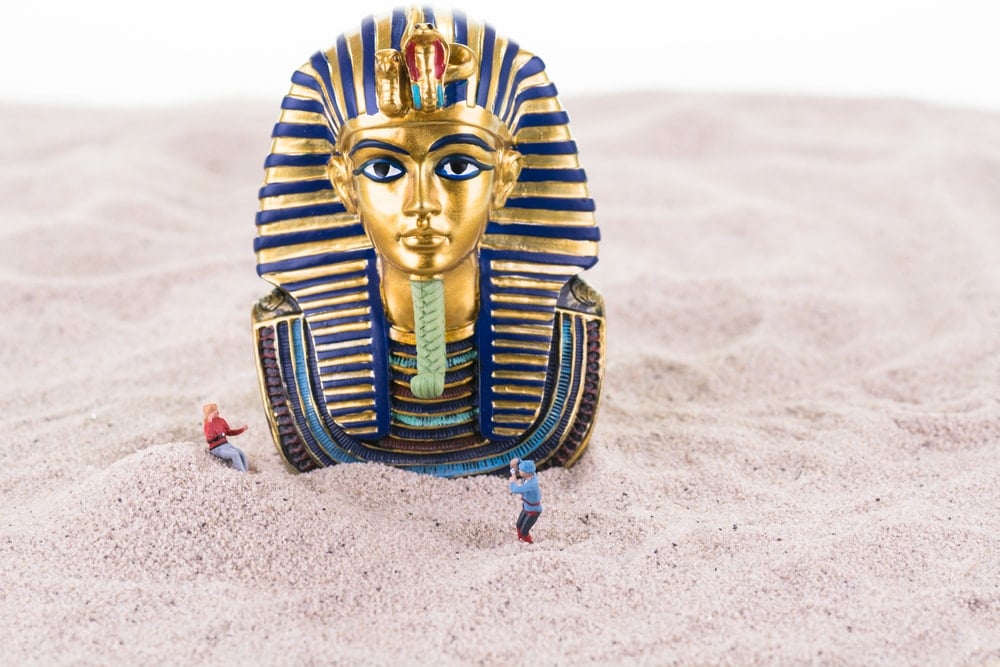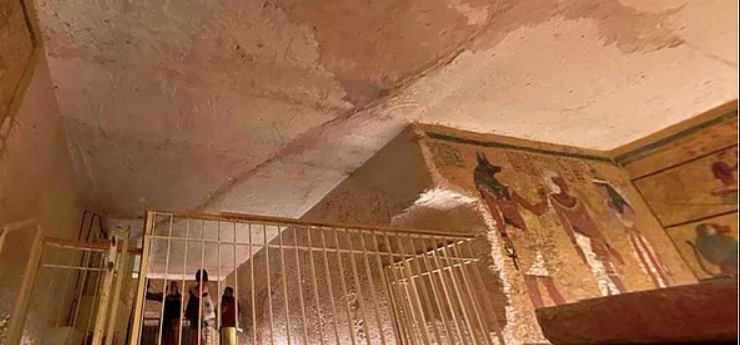Scientists sound the alarm: Is the 3,300-year-old structure collapsing?
Archaeologists from Cairo University discovered widening cracks in the tomb's ceiling and entrance. Research indicates that these cracks not only threaten the structure's stability but also allow rainwater to seep in, damaging the unique frescoes on the walls and causing fungal growth.
The Esna shale stone used in the tomb's construction is highly sensitive to changes in humidity. This type of stone expands in humid environments and contracts when dry. This causes cracks to widen, exceeding the ceiling's load-bearing capacity and increasing the risk of collapse.
“The royal tombs in the Valley of the Kings urgently require scientific analysis and conservation measures,” said Sayed Hemada, lead author of the study and Professor of Architectural Heritage Conservation at Cairo University. According to Hemada, the tomb may not survive long-term and, given natural conditions, is unlikely to survive for another thousand years.

The Valley of the Kings, home to Tutankhamun's tomb, is located near Luxor, Egypt, and is home to numerous royal tombs. Because many of these tombs are carved into the mountainside, they are highly vulnerable to flash floods.
Cracks caused by floods have increasedA major flood in 1994 submerged nearly all the royal tombs in the valley. Since then, Tutankhamun's tomb has developed new cracks, increased humidity, and fungal growth, severely damaging the murals.
Hemada also warns that a process called "rock bursting" could occur within the tomb's walls. This would cause rock fragments to suddenly burst, further weakening the tomb's structural integrity.
Another expert, Prof. Mohamed Atia Hawash, notes that the mountains surrounding the valley are also riddled with deep fissures, posing the risk of large rock blocks breaking free and falling onto the tombs. "A disaster could strike at any time," Hawash says, emphasizing that if authorities fail to take action, the Valley of the Kings will be impossible to protect.
SÖZCÜ






